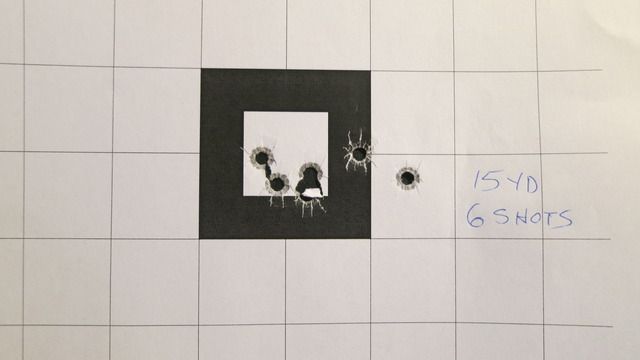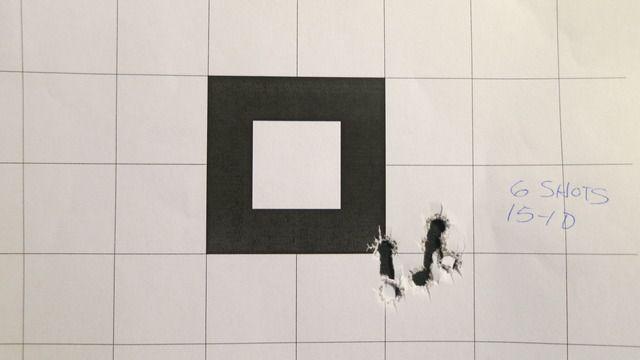JayCee, fantastic addition to this thread -- much appreciated!
As you go forth, please be extremely careful with the 71gr Berry's plated bullet. I have some of these also, although admittedly, I've done most of my work-ups with a Winchester 71gr FMJ slug that we might argue is of slightly more "durable" construction...? I have no proof of that, it would just seem to make sense as it's a true copper jacket and not an thin plating.
In any case, as the 71gr pill was designed around the .32 ACP, it was never intended for the kind of irrational speeds that we can (easily) reach with .327 Federal. I have been advised from ATK ballisticians that a slug that is run WAY outside it's design scope can warp under pressure and could be subjecting the forcing cone to serious damage if it attempt to slam in to it out-of-round under the full force of pressure. While a .32 ACP FMJ load likely clocks in somewhere in the 800-850 fps range, doubling that fully would be easy to do with the space and pressure range of the .327 Federal.
In fact, in a Contender barrel or something without a flash gap and forcing cone, it might be a really fun project to send a 71gr pill so fast that the time-space continuum skips a beat and Doc Emmitt Brown shows up with a van full of Libyans chasing him... but to do the same in your revolver could wreck it beyond repair.
ATK is using the same rationale with this argument as they do with running .45 Colt lightly jacketed bullets in the .454 Casull and .460 S&W Magnum. It is not to be done to full power. Hornady, Speer and others make bullets specifically for that role and the published loads demand that and abide by it.
Good luck and definitely report back!
As you go forth, please be extremely careful with the 71gr Berry's plated bullet. I have some of these also, although admittedly, I've done most of my work-ups with a Winchester 71gr FMJ slug that we might argue is of slightly more "durable" construction...? I have no proof of that, it would just seem to make sense as it's a true copper jacket and not an thin plating.
In any case, as the 71gr pill was designed around the .32 ACP, it was never intended for the kind of irrational speeds that we can (easily) reach with .327 Federal. I have been advised from ATK ballisticians that a slug that is run WAY outside it's design scope can warp under pressure and could be subjecting the forcing cone to serious damage if it attempt to slam in to it out-of-round under the full force of pressure. While a .32 ACP FMJ load likely clocks in somewhere in the 800-850 fps range, doubling that fully would be easy to do with the space and pressure range of the .327 Federal.
In fact, in a Contender barrel or something without a flash gap and forcing cone, it might be a really fun project to send a 71gr pill so fast that the time-space continuum skips a beat and Doc Emmitt Brown shows up with a van full of Libyans chasing him... but to do the same in your revolver could wreck it beyond repair.
ATK is using the same rationale with this argument as they do with running .45 Colt lightly jacketed bullets in the .454 Casull and .460 S&W Magnum. It is not to be done to full power. Hornady, Speer and others make bullets specifically for that role and the published loads demand that and abide by it.
Good luck and definitely report back!



